Daniel Stables, a writer for National Geographic , commented that Vietnam has been developing rapidly, with important steps forward.

Photo: Pham Hai - Hoang Ha
However, Vietnamese people still constantly cherish the past and show gratitude to previous generations through museums and monuments erected across the country.
The series of destinations in the list below are suggested by National Geographic for tourists who love history and are looking for a tour with a profound experience during the upcoming National Day on September 2.
HCMC
War Remnants Museum
The museum is a place that preserves the most authentic images of what the Vietnamese army and people experienced during the war. Another highlight here is the collection of aircraft and weapons from the war, including ammunition and explosives that were used.
Independence Palace

Photo: Nguyen Hue
The building is considered one of the symbols of Ho Chi Minh City, a place associated with the historical milestone of April 30, 1975. Currently, the Independence Palace is open to tourists , with Vietnamese and several other language guides.
Cu Chi Tunnels
About 70km northwest of Ho Chi Minh City center, this tunnel system of more than 200km long was built by the army and people of Cu Chi during the resistance war, including many floors, underground passages, living tunnels, fighting tunnels, infirmaries, kitchens, etc.
Son My Memorial Area
The site includes a large memorial with a statue of a mother holding her child, surrounded by bomb shelters and artifacts that were damaged by bombs. Visitors can stay to learn about the lives of the people by taking river tours and enjoying seafood by the beach.
Quang Tri
Demilitarized Zone
This is the place that marks the boundary dividing the North and South, established on July 21, 1954 according to the Geneva Agreement.
Vinh Moc Tunnels


Photo: Quang Thanh
Built from 1966 to 1969, the tunnel is about 6.2km long, including 3 underground floors with more than 18 living rooms, kitchens, schools, infirmaries, maternity homes, etc. located deep underground to avoid bombs and bullets.
Hanoi
Vietnam Military History Museum

Photo: Pham Hai - Hoang Ha
Located on a land area of about 38.7 hectares with a total floor area of more than 64,640 square meters, the museum on Thang Long Boulevard consists of 4 floors above ground and 1 basement.

Photo: Pham Hai - Hoang Ha
It is currently preserving and displaying more than 150,000 documents and artifacts, including many unique collections and national treasures. In addition, there are exhibition rooms with valuable personal items, photos, and handwritten letters.
Hoa Lo Prison

Photo: Thach Thao
The prison was built by the French in the late 19th century to detain prisoners. By the 1990s, most of the prison had been demolished, leaving only a part that was later converted into a museum, open to visitors.
National Geographic is one of the oldest and most influential publications in the world in the fields of science, travel and education.
Founded in 1888 under the auspices of the National Geographic Society, the magazine has become an icon of global knowledge, attracting millions of readers in more than 170 countries and translated into more than 40 languages.
Vietnamnet.vn
Source: https://vietnamnet.vn/nhung-diem-den-mang-dam-dau-an-lich-su-cua-viet-nam-duoc-bao-tay-goi-y-2428908.html








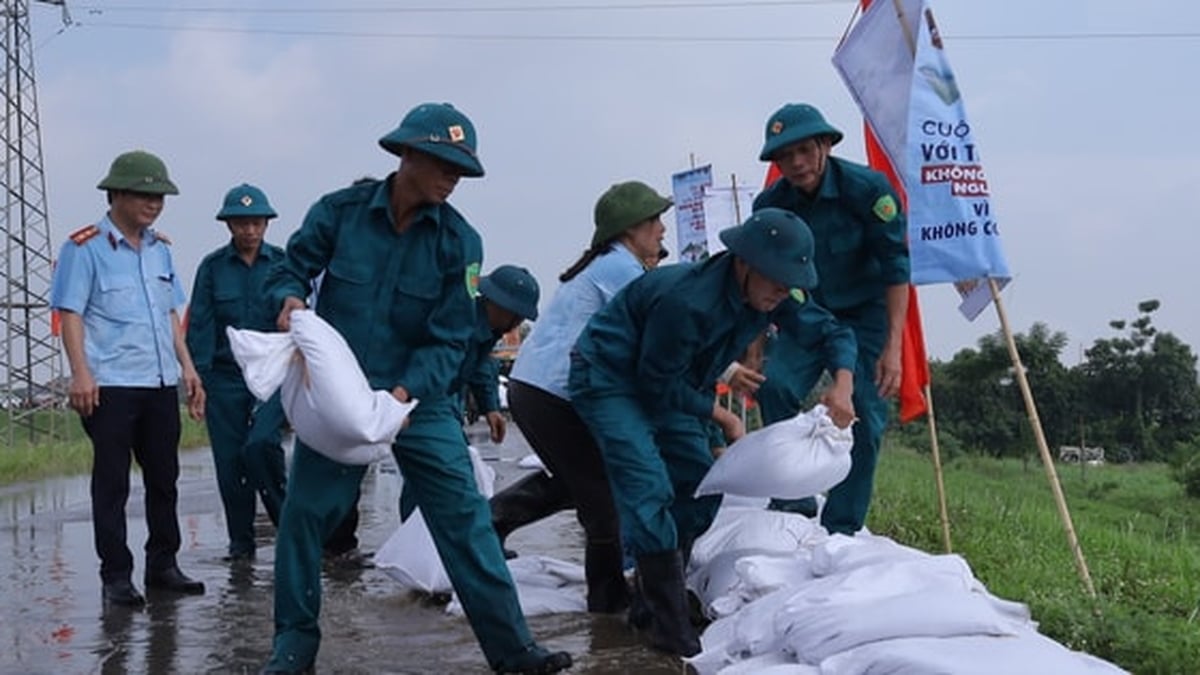



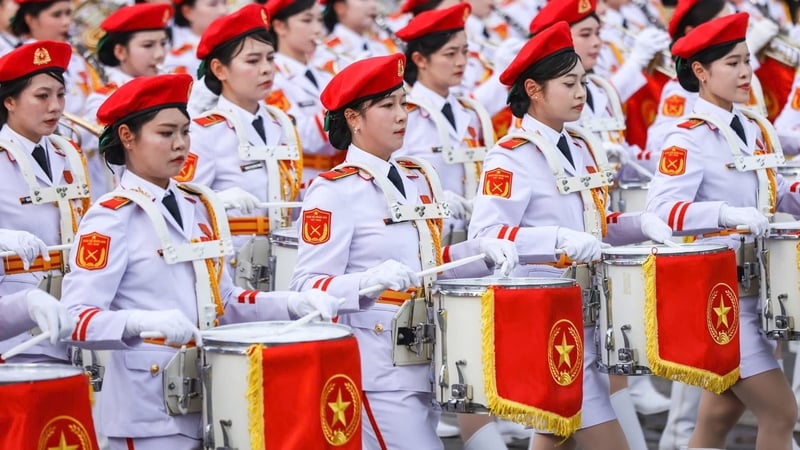











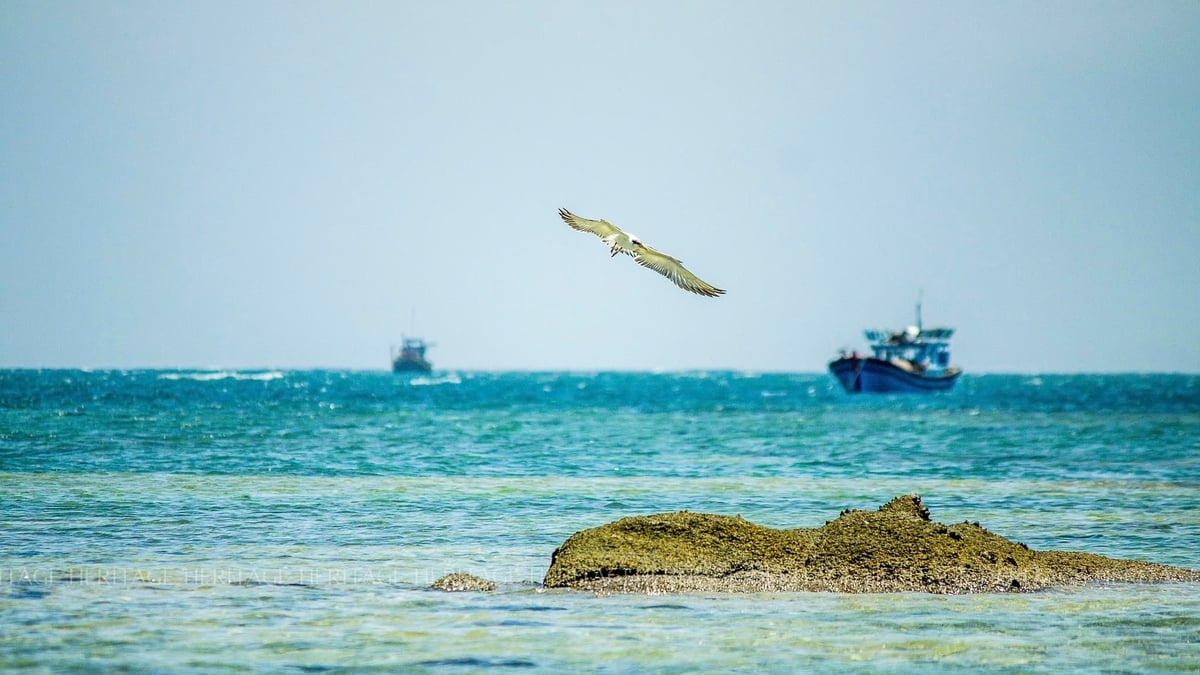
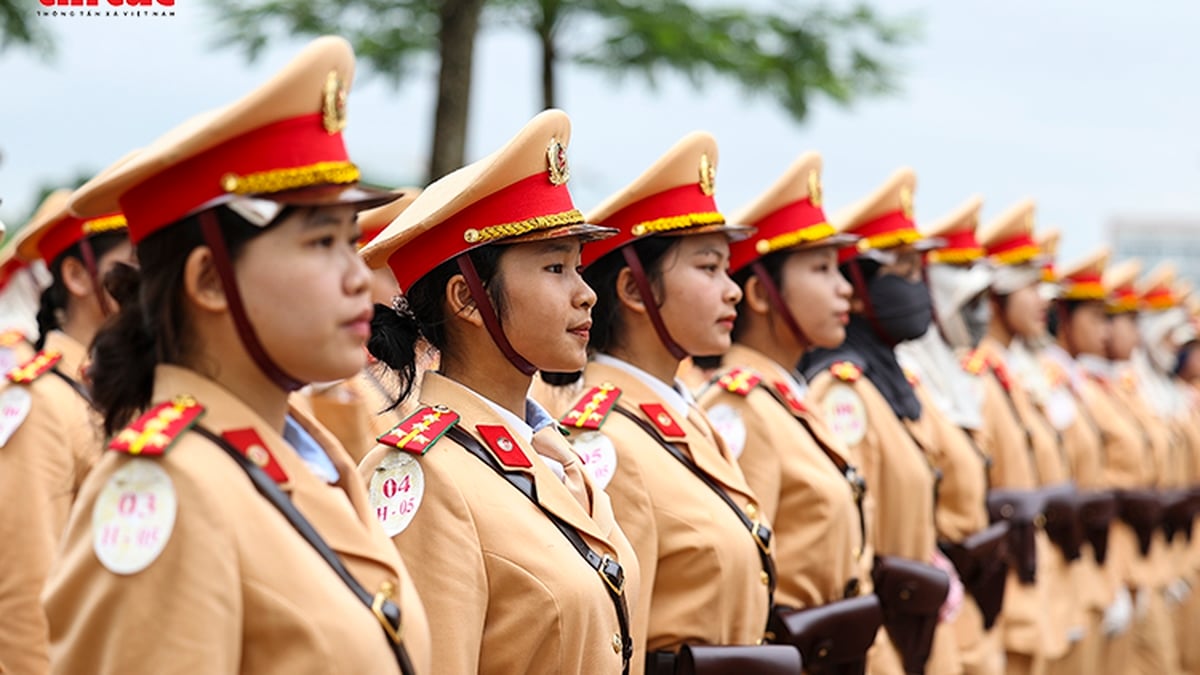
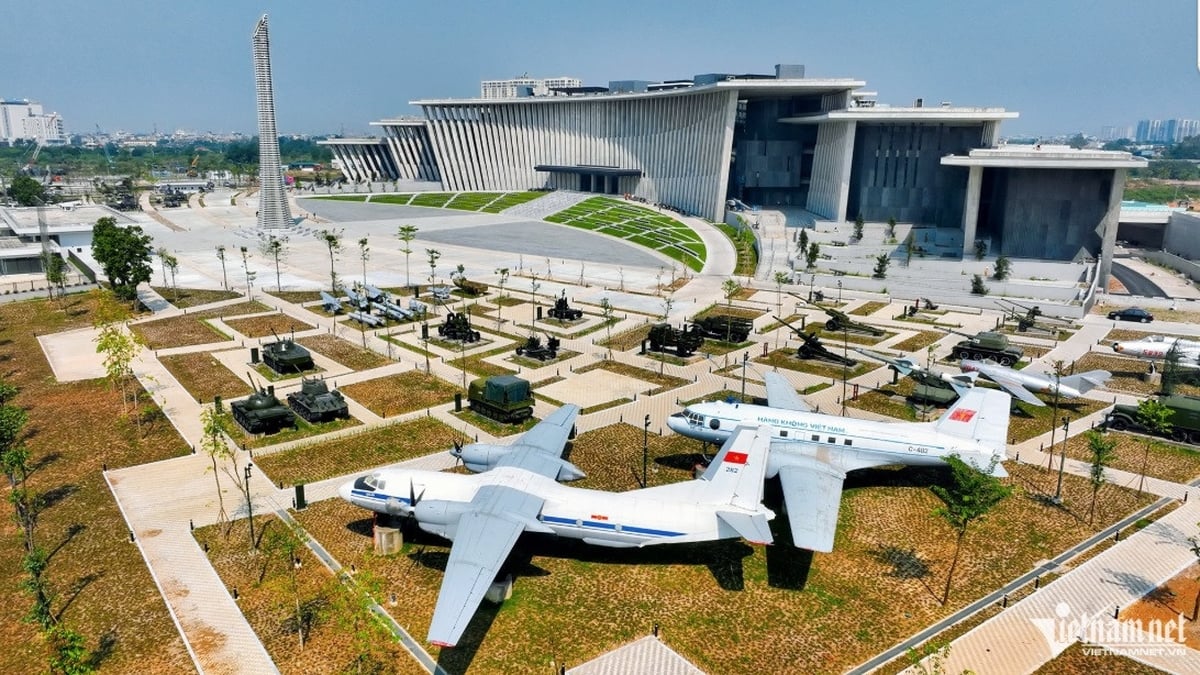


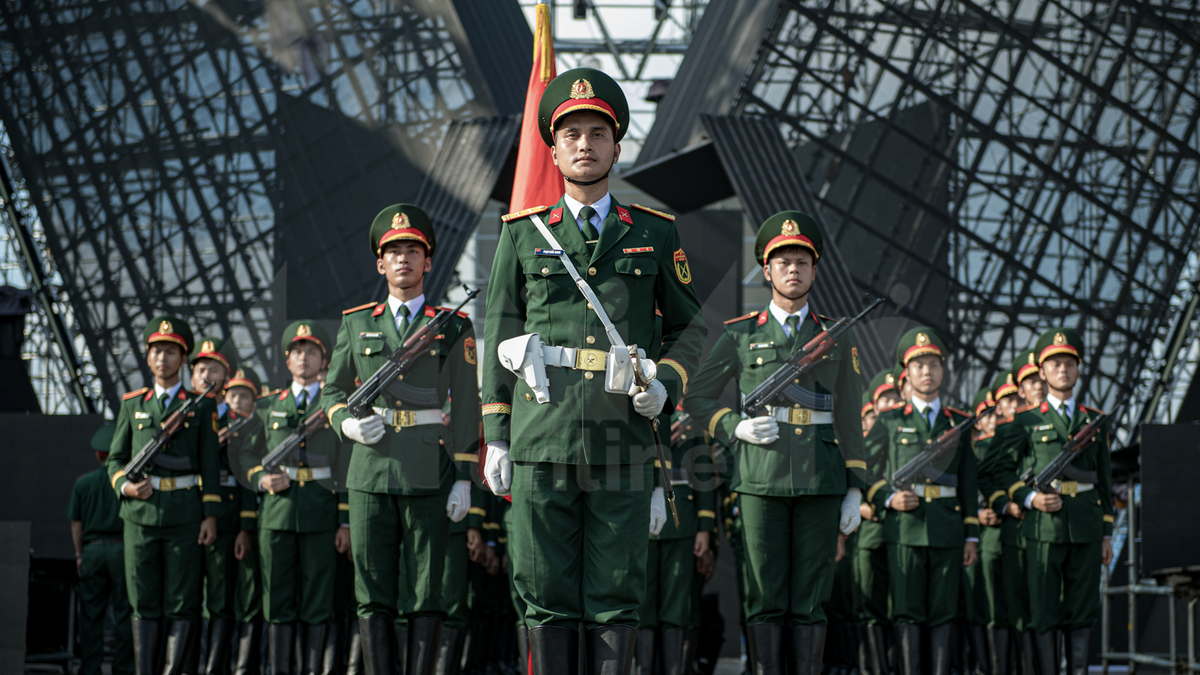


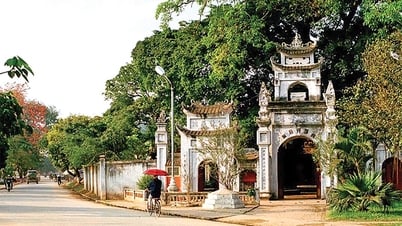






























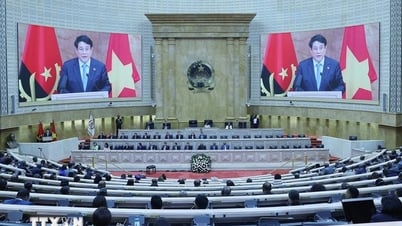



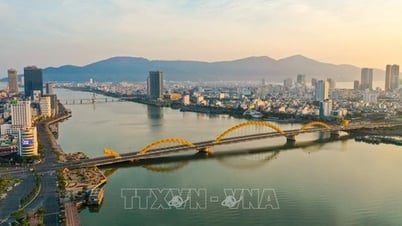


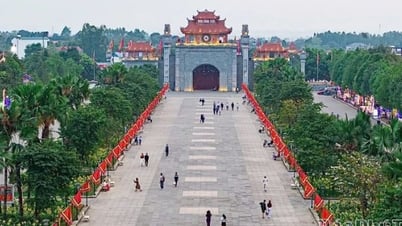




















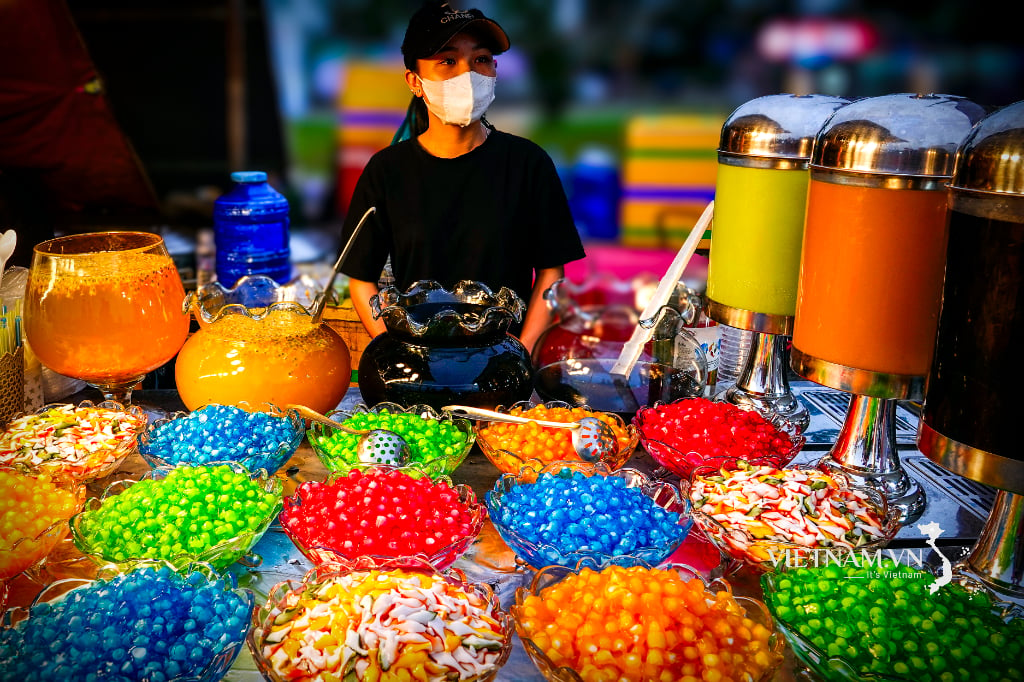
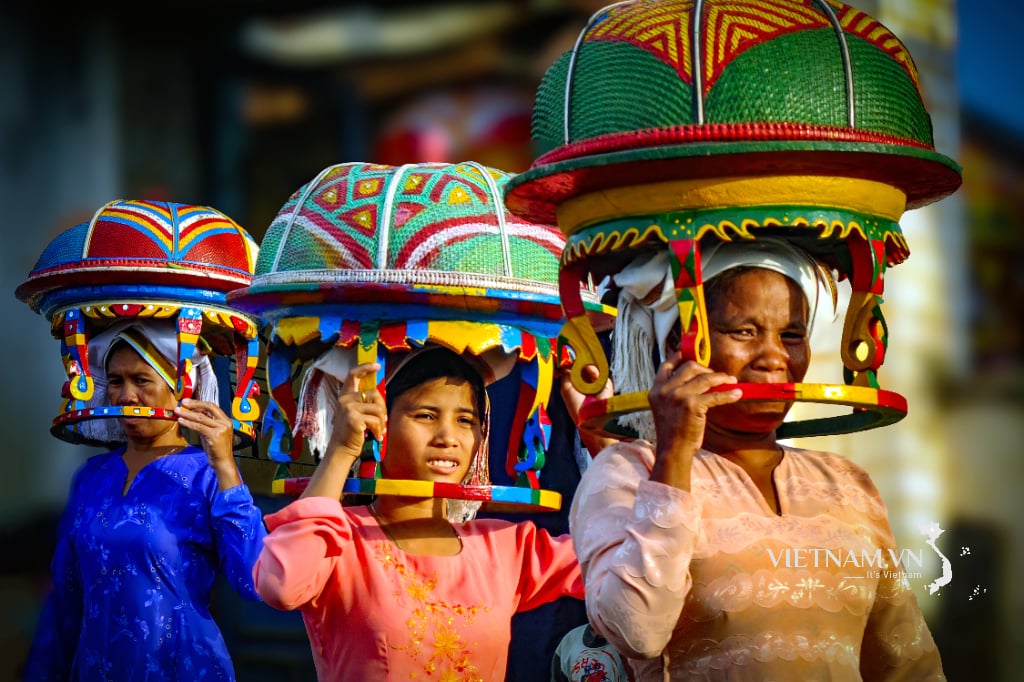
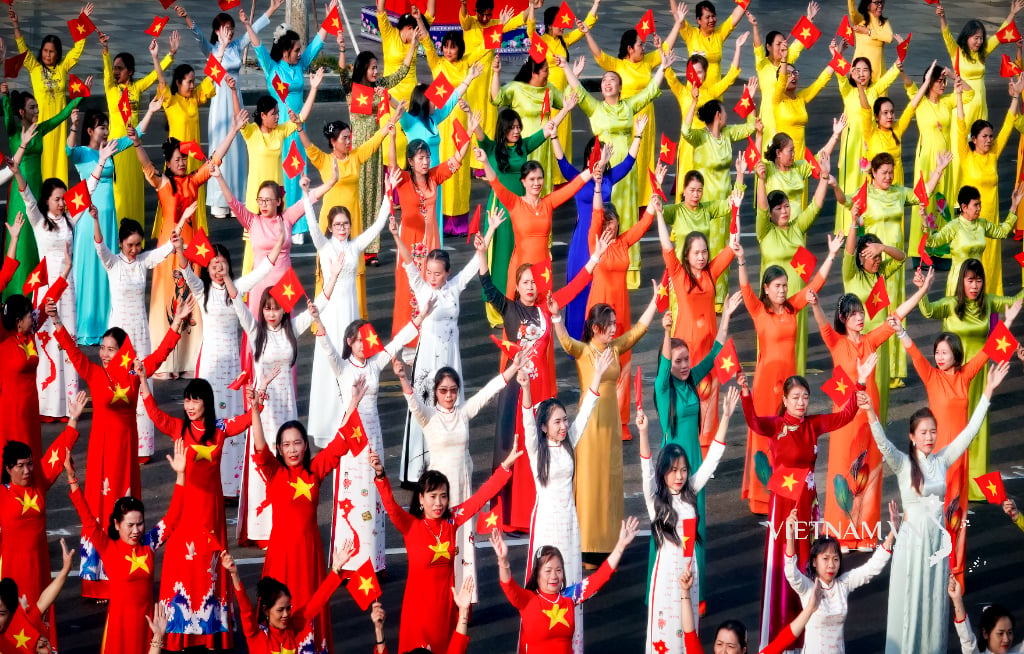
Comment (0)